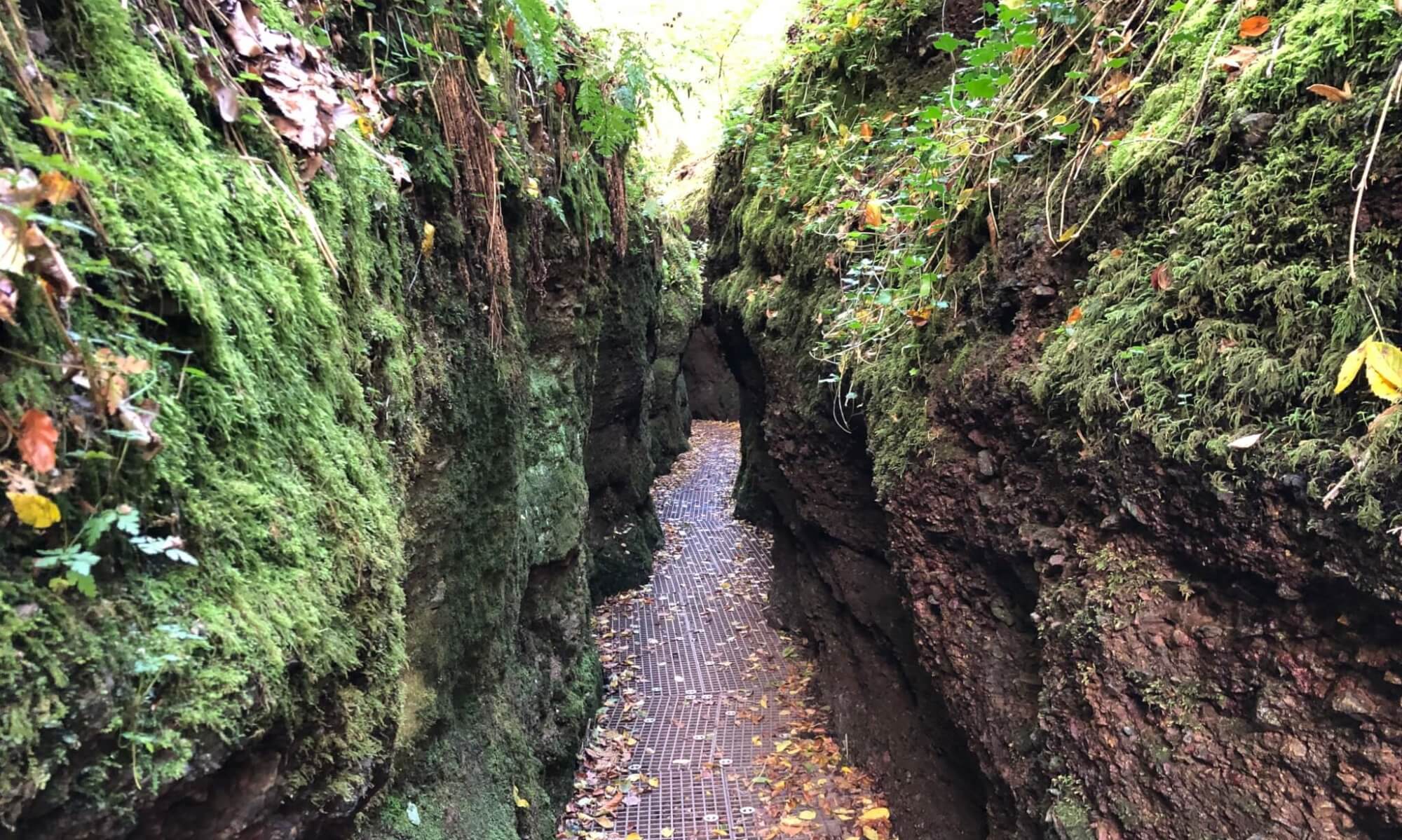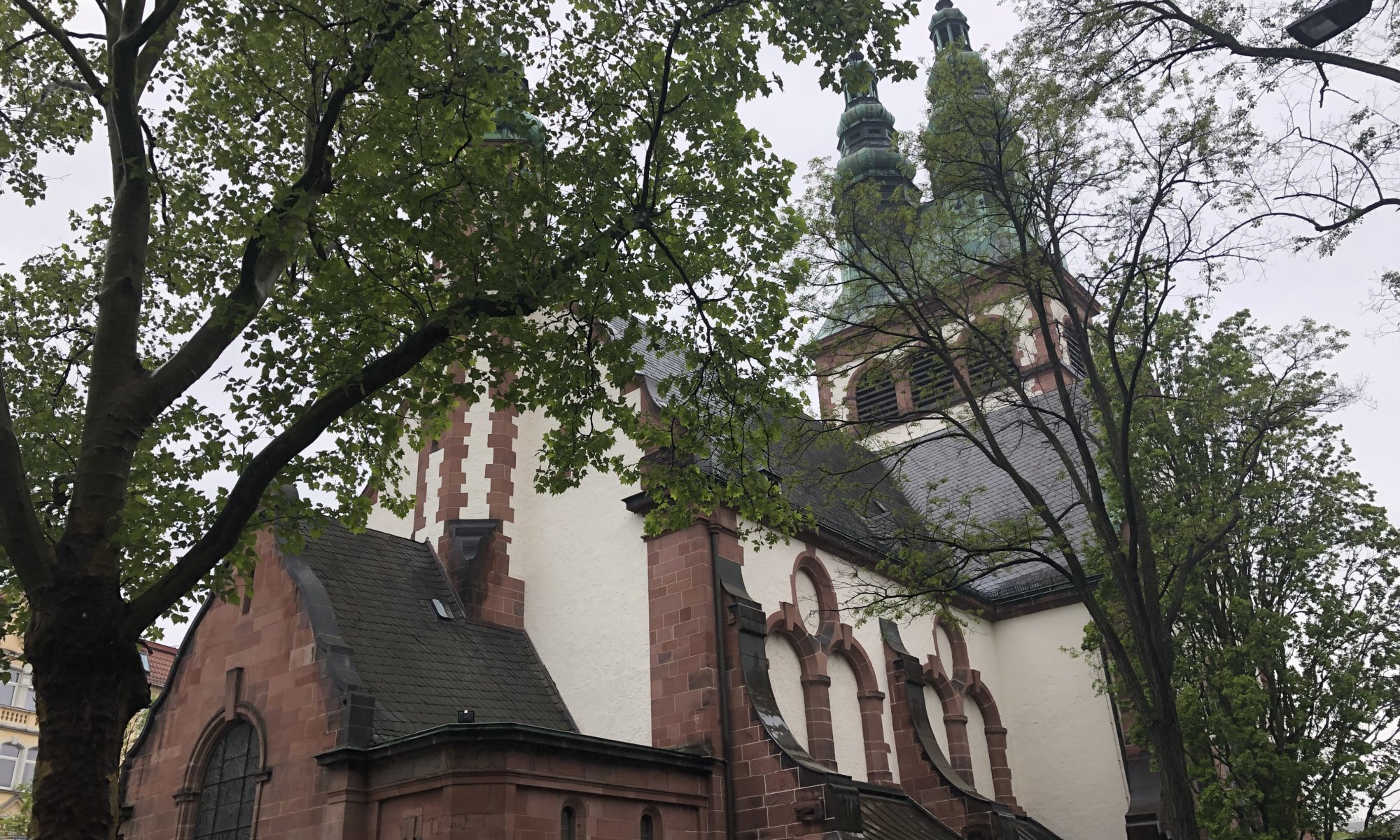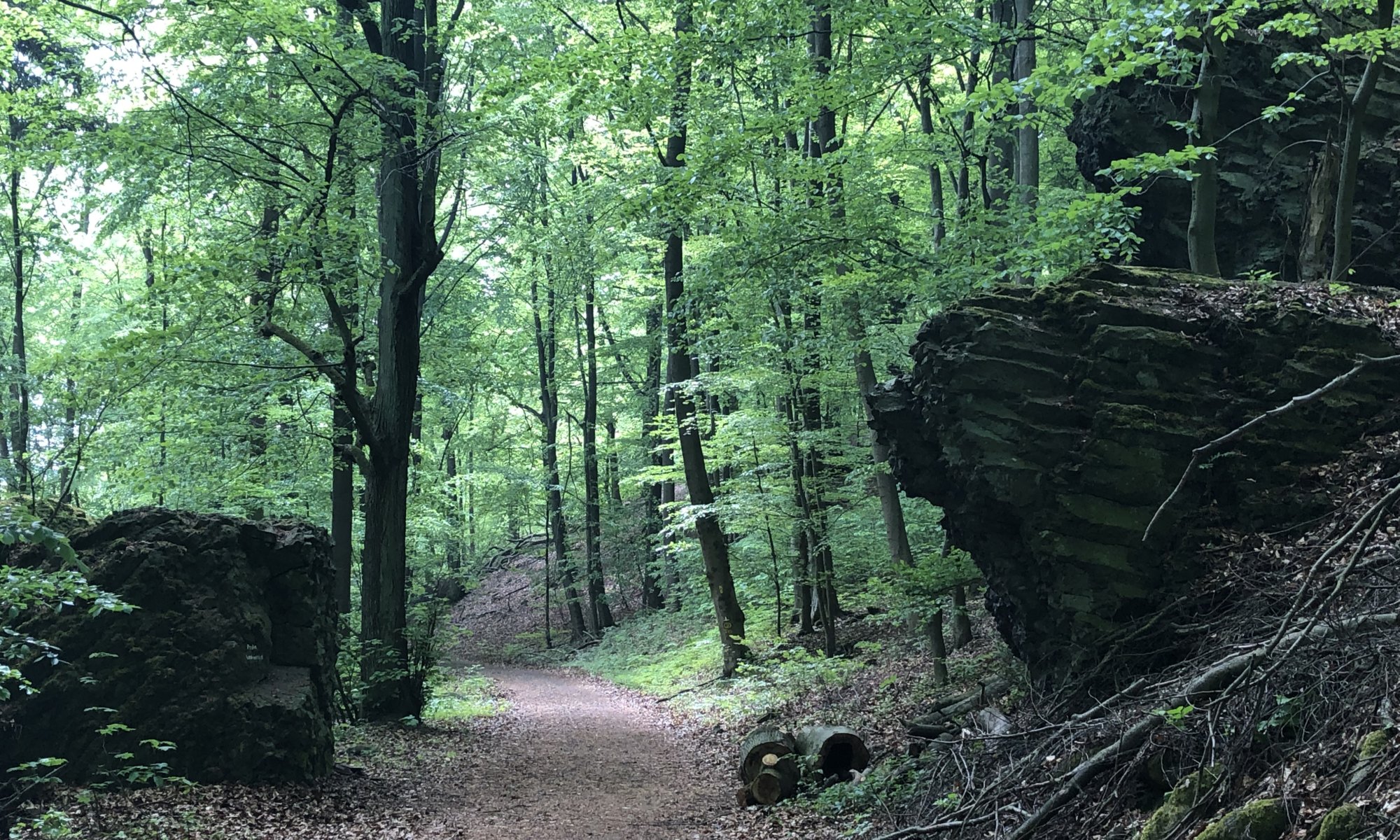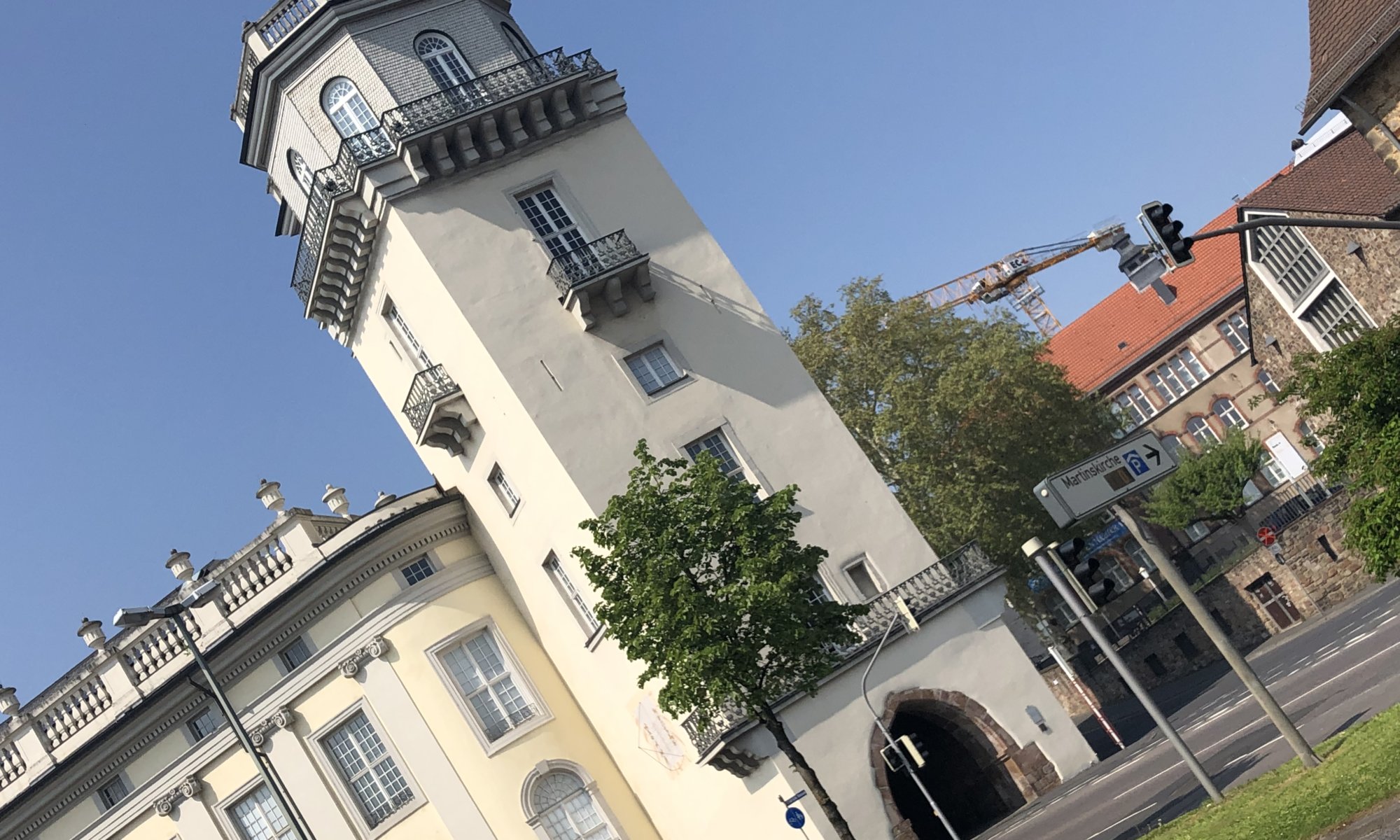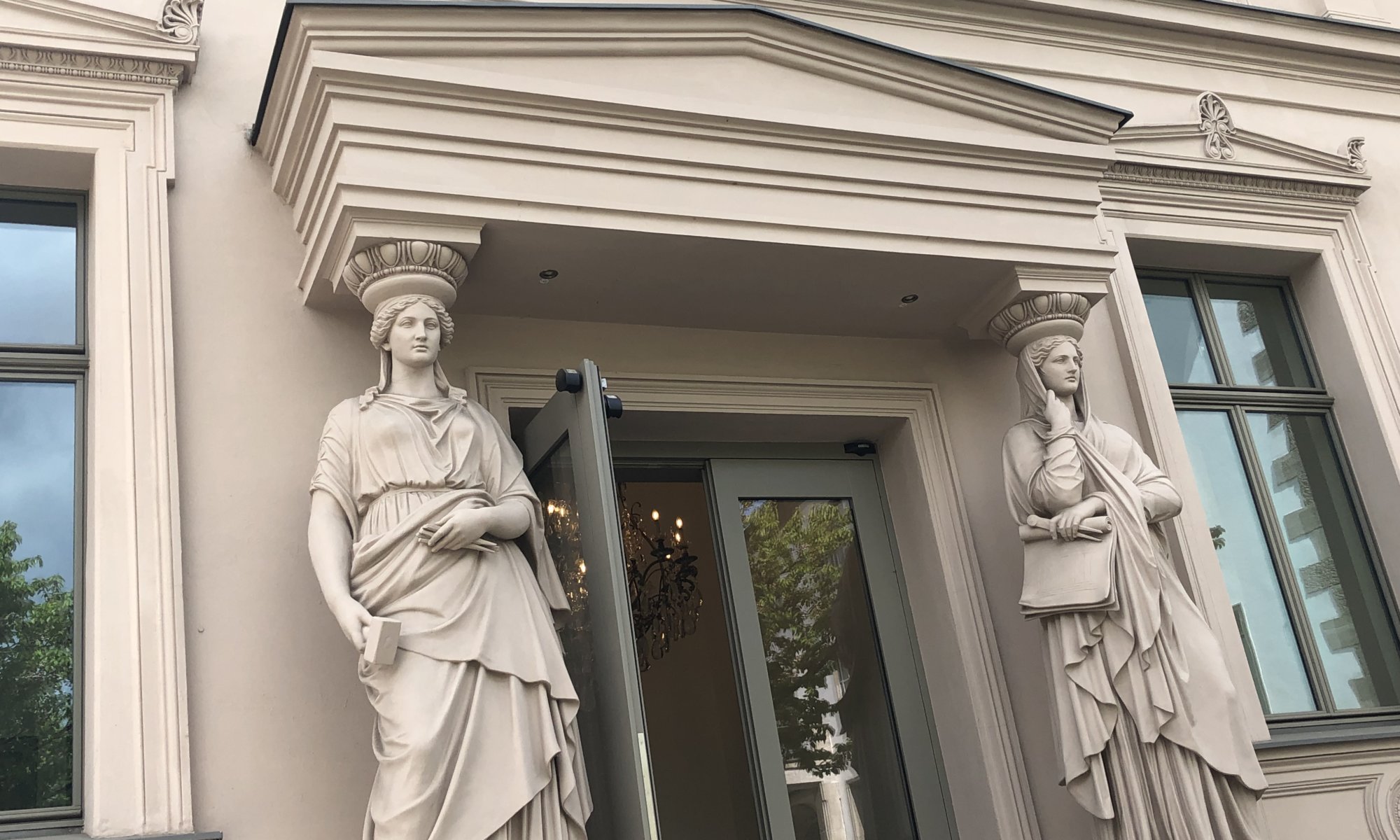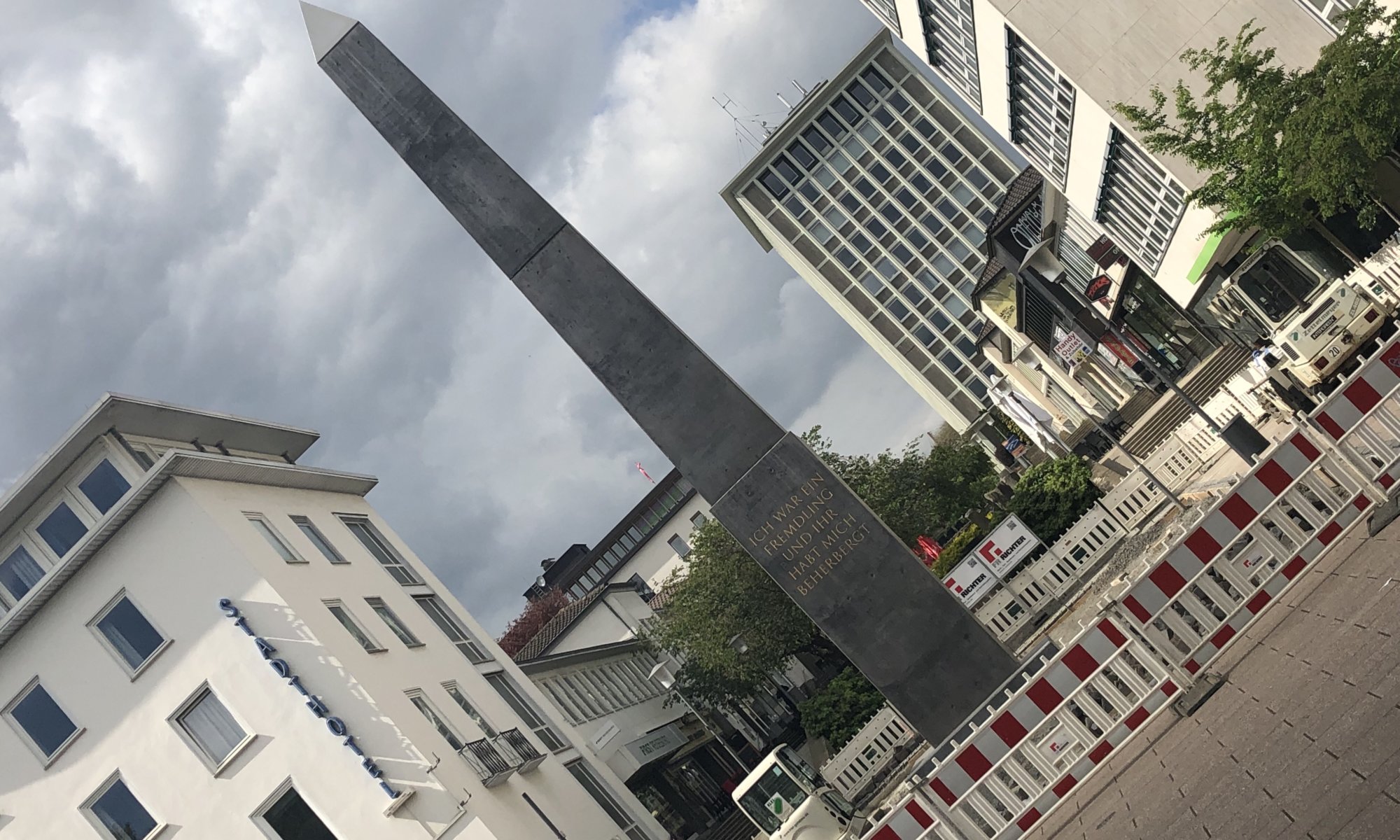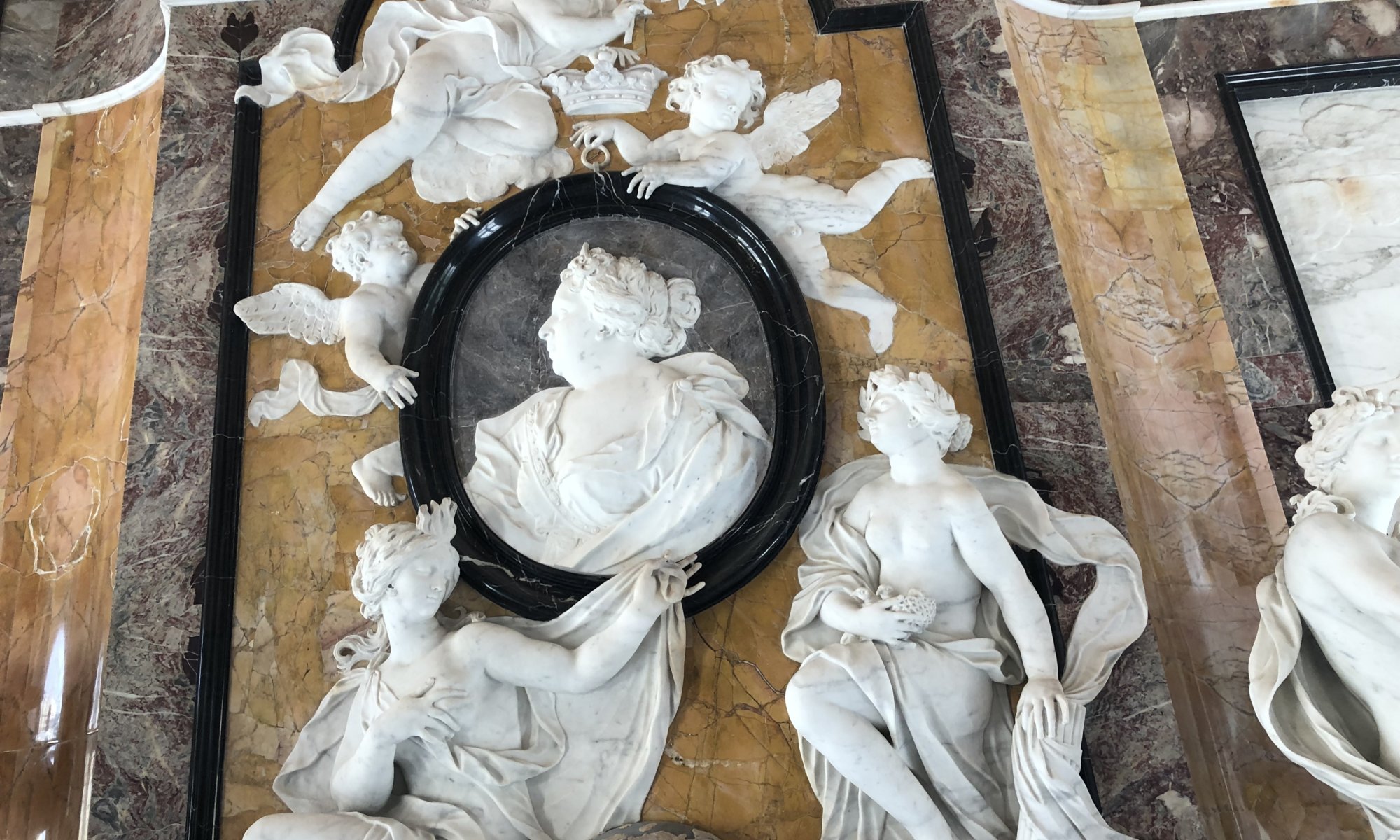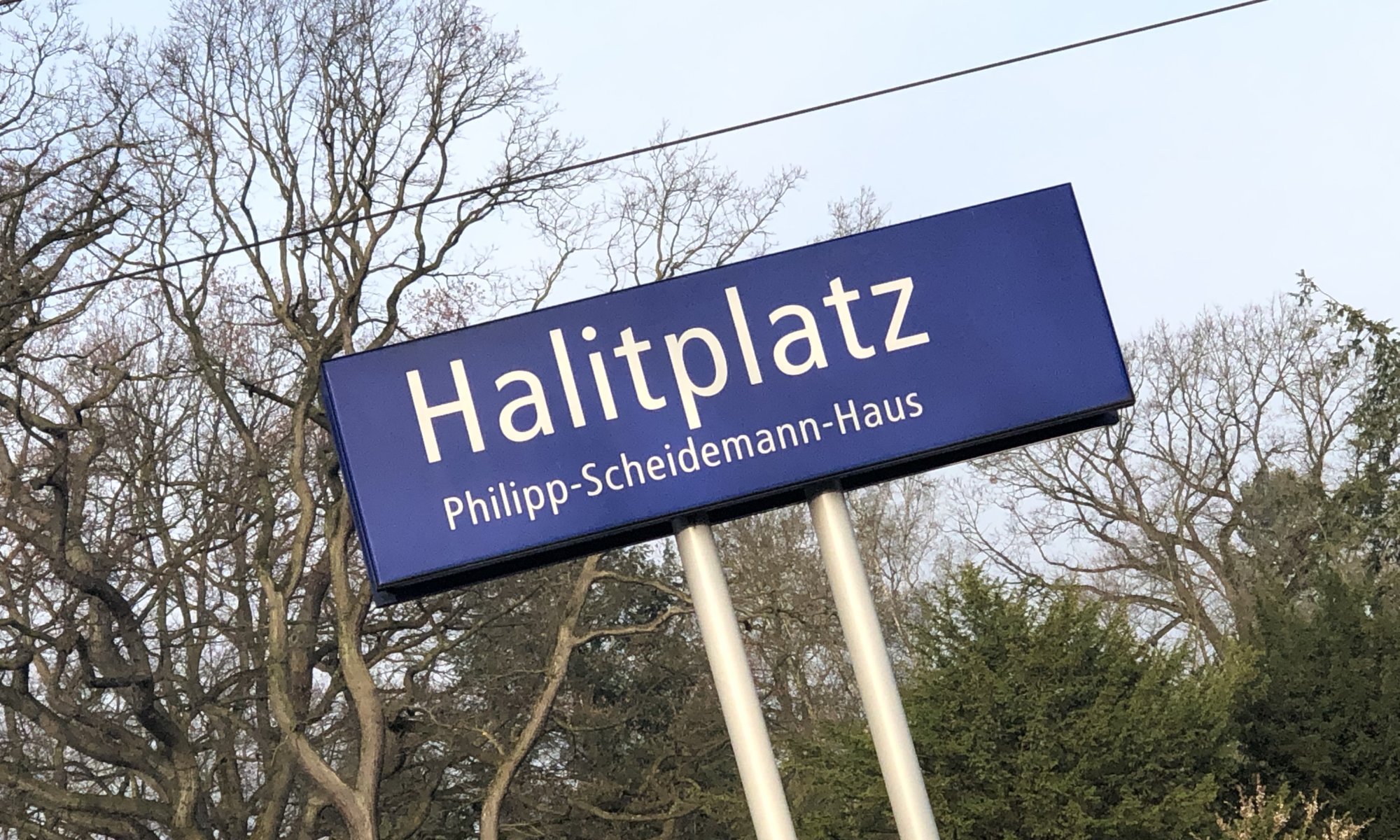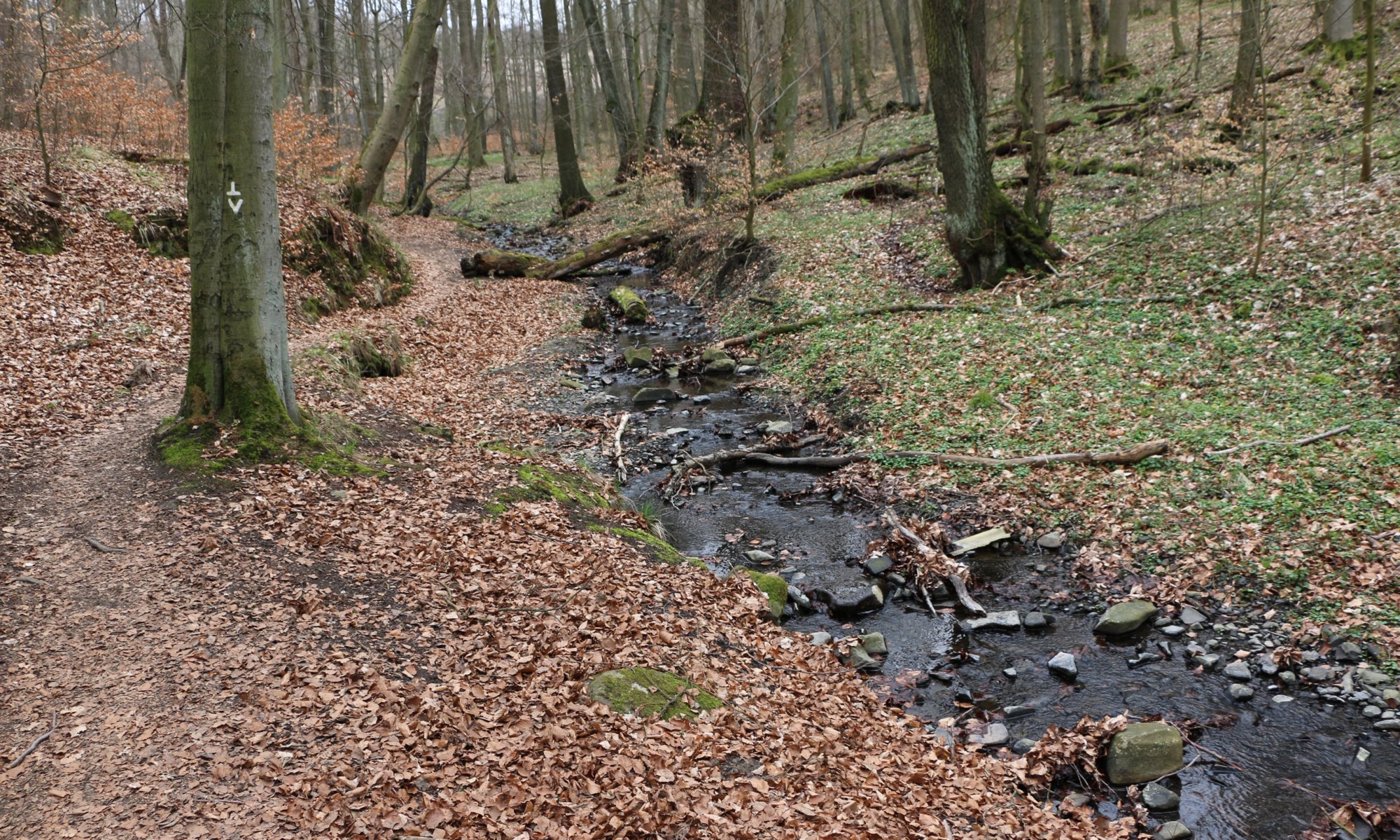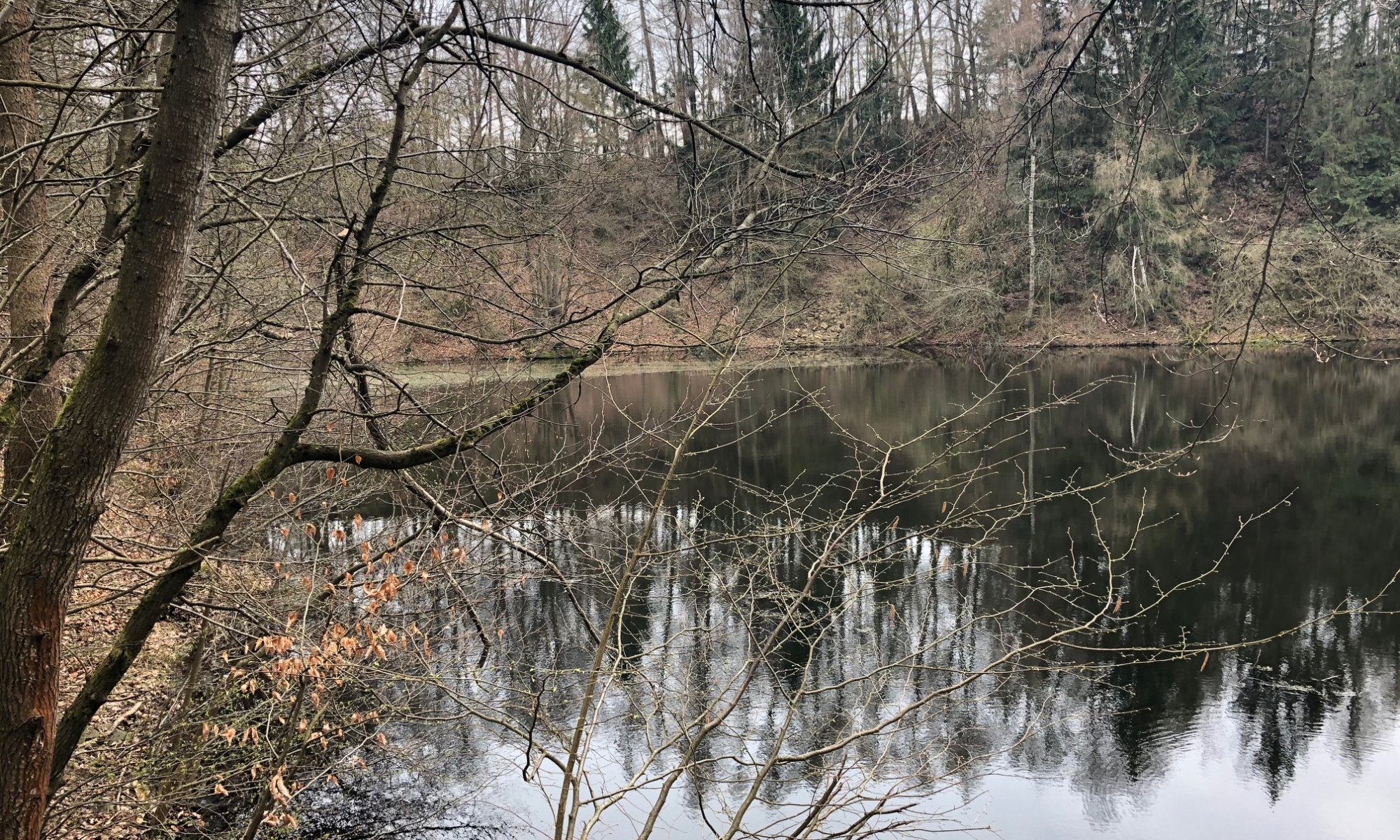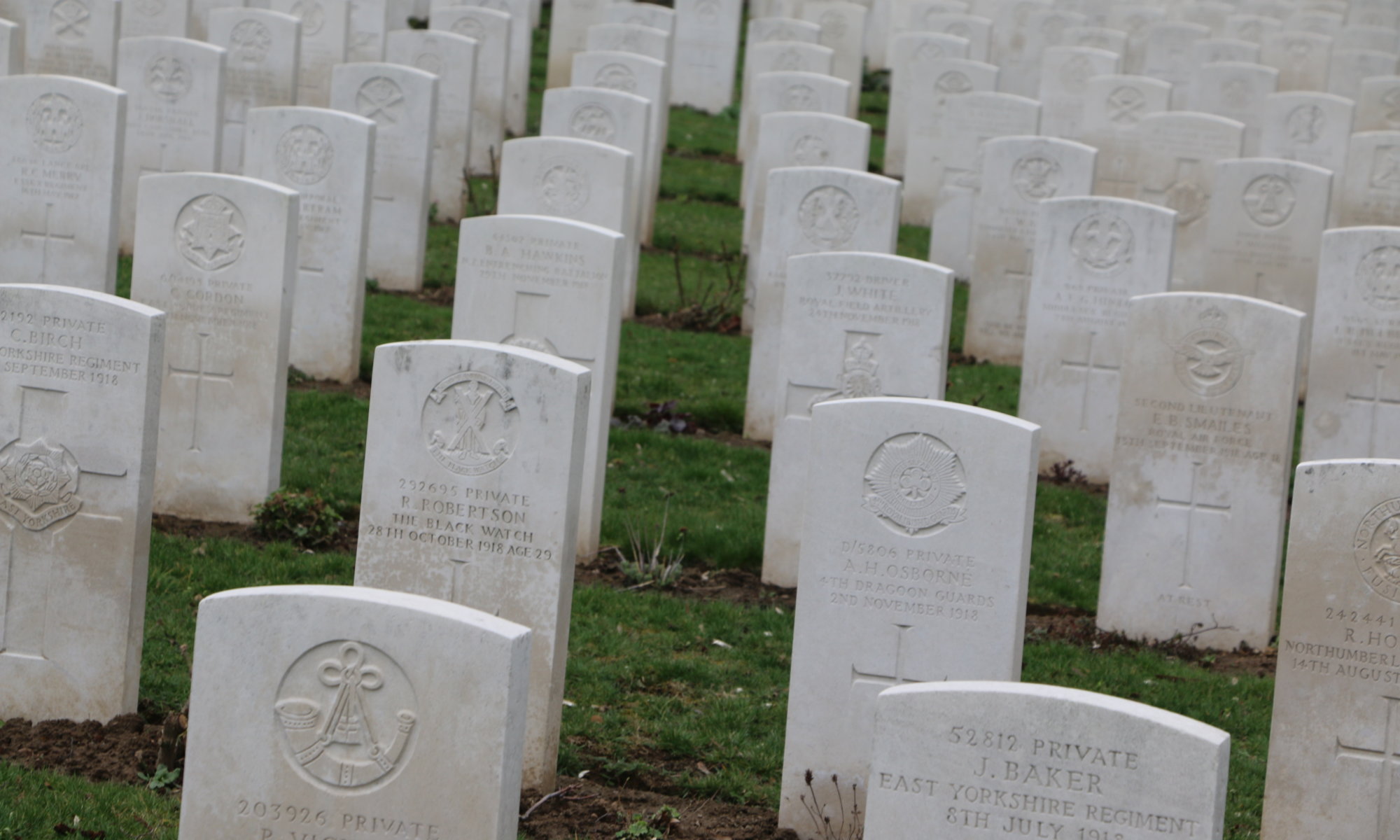When you‘re visiting the city quarter Vorderer Westen of Kassel, Germany you‘ll definitely see the twin towers of the Friedenskirche – a protestant church located at the Friedrich-Ebert-Straße. It was opened in 1908 in neo-baroque style. The decoration is lean and modern – but also beautiful.
Continue reading “Friedenskirche”Porta Lapidaria
Within the forest on the Brasselsberg mountain of Kassel, Germany and between the Teufelsmauer and the Bismarckturm you need to pass a gate made of stone: the Porta Lapidaria. At least these are two rocks consisting of basalt originating from volcanic activity. One of the left-hand side of the path, one on the right-hand side. The rest is your imagination.
Continue reading “Porta Lapidaria”Zwehrenturm
The Zwehrenturm is just a tower next to the Fridericianum at the Friedrichsplatz of Kassel, Germany – why wasting a word about it? Well in fact it is not only a tower, it is the last preserved ancient city gate. It was built in 1330 in gothic style and served as the gate in the direction of Frankfurt, Germany. The building was also used as a prison and from 1709 on landgrave Charles of Hesse-Kassel made an observatory out of it.
Continue reading “Zwehrenturm”Stadtmuseum
I don’t know how many times I passed the entrance of the Stadtmuseum of Kassel without entering it. It is located within the old Karlshospiz at the Ständeplatz but has the entrance in the rear. Maybe it were the windows closed with bricks that kept me from entering the building with the nice portal. At least I didn’t expect too many interesting things inside.
Continue reading “Stadtmuseum”A new home
It was one of the most interesting artworks of the documenta 14 art exhibition at Kassel, Germany: the obelisk (‘Das Fremdlinge und Flüchtlinge Monument‘) by Olu Oguibe originally located on the Königsplatz. A simple geometric figure with the words of Matthew 25,35c on it in German, English, Arabic and Turkish: ‘I was a stranger and you took me in‘. It was the right artwork at the right time and place, as in Germany there were long-running, very emotional debates how many refugees the country can take in.
Continue reading “A new home”Marmorbad
The Marmorbad is the last preserved representative bath in late baroque style. It is located in a building next to the orangery at the Karlsaue in Kassel, Germany. It was built between 1722 and 1728 by the order of Landgrave Carl of Hesse-Cassel. It has three floors and a pool at the center – but it was never used for its orginal purpose.
Continue reading “Marmorbad”Halitplatz
If you’re visiting the north of Kassel, Germany along the Holländische Straße you might wonder about a strangely named place: the Halitplatz. It is a public space with a small memorial in front of a flower shop and it is named after Halit Yozgat, a former inhabitant of the city and owner of an Internet shop.
Continue reading “Halitplatz”Along river Ahne
The Naturpark Habichtswald close to Kassel, Germany offers numerous nice hiking trails. One of the best leads along the river Ahne – beginning at its source near the Essigberg. Following this trail you will pass a three kilometers long chestnut alley (the ‘Kastanienallee‘), you can make a detour to the Silbersee lake and you will see the Ahnegraben; an area where the river floats through a deep valley and creates little waterfalls.
Continue reading “Along river Ahne”Silbersee
From the year 1880 to the year 1936 basalt was gathered at a quarry named ‘Igelsburg‘ (after a former wooden castle close-by) in the Habichtswald near Kassel, Germany. It existed there because of volcanic activity millions of years ago. Basalt was in the past used for buildings like the Herkules monument or the Löwenburg castle – but it is an imperfect material that deteriorates fast. As there was no need for the quarry anymore the area filled with water and a new lake was created: the Silbersee (‘silver lake’).
Continue reading “Silbersee”In foreign soil
The horrors of World War I seem far away and are overshadowed by the successor of this war. Between 1914 and 1918 around 17 million people lost their lifes. Even if this feels far away in time sometimes it’s pretty close in space: at the city quarter Niederzwehren of Kassel, Germany you can find two large cemeteries for soldiers of World War I – one for the British, one for the Russians. It is quite far away from civilization but you might spot it from the motorways A44 and A49.
Continue reading “In foreign soil”